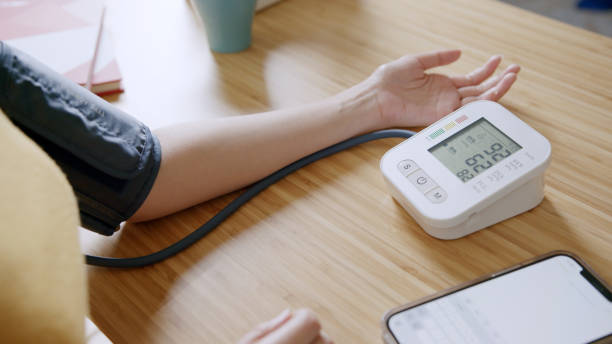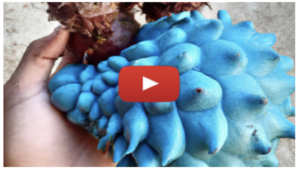The #1 Rated Blood Sugar Formula
Symptoms of Orthostatic Hypertension (Low Blood Pressure)

What is orthostatic hypotension (low blood pressure)?
Orthostatic hypotension is a sudden drop in blood pressure when standing up from a sitting or lying position. You may feel dizzy or even faint.
Causes of orthostatic hypotension
The likelihood of this disease is higher when you are older. As you age, the cells in your heart and arteries that keep your blood pressure steady respond more slowly. In addition, you are more likely to be taking medication for diabetes or heart disease, which may also play a role.
Some of the things that can lead to orthostatic hypotension are:
Drainage. For many people, orthostatic hypotension only happens once in a while most often because you are low on fluids. When you are dehydrated, it is harder for your body to make adjustments to control your blood pressure.
Food. Up to a third of older people are prone to dizziness after eating a large meal. Your intestine needs a lot of blood to digest food, causing less blood to flow to other parts of your body. When your body can't adjust to this, your blood pressure can drop, and you may feel lightheaded or fall over. Doctors call this postprandial hypotension.
Heart disease and other medical conditions. Since the problem is related to blood pressure, it is not surprising that people with heart disease, heart valve problems, heart failure or extremely low heart rates (called bradycardia) can have this kind of dizziness.
A study of elderly women found that most of those with congestive heart failure had a significant drop in blood pressure when they were tilted back and then moved to an upright position. This dropped more than the blood pressure of those who did not have heart problems or other diseases. About half also had noticeable symptoms, while none of the other women did, even when their blood pressure dropped.
Other diseases that can affect blood pressure or the nervous system include Parkinson's disease, adrenal and thyroid problems.
Anemia (a condition in which you do not have enough healthy red blood cells) or blood loss can cause occasional dizziness.
Causes of orthostatic hypotension
Orthostatic hypotension usually results from an underlying disorder. It is not a disease in and of itself. Some of the many causes of orthostatic hypotension include:
- Feveraging
- Prolonged bed rest
- Excessive amounts of alcohol
- Some medications, such as certain diuretics or antihypertensive drugs (for high blood pressure)
- Dehydration due to vomiting, diarrhea or both, as in the case of gastroenteritis
- Some medical conditions, such as anemia, diabetes, varicose veins or adrenal insufficiency
- Diseases of the nervous system, such as Parkinson's disease or neuropathy
- Heart problems, including irregular heartbeat (heart arrhythmia), congestive heart failure, aortic stenosis or heart attack
- Spinal cord diseases such as syringomyelia
- Shy Drager Syndrome, a degenerative brain and spinal cord disorder that affects the functioning of the autonomic nervous system
- Significant blood loss
- Fluids to treat dehydration
- Management of diabetes, such as regular insulin injections
- Changing medications or changing the dosage if medications are the cause (sometimes, however, discontinuing or changing the dosage of a particular medication can do more harm than good and this should be carefully considered in consultation with your doctor)
- Medication, surgery, or both to treat heart disease
- Drugs that increase blood volume or blood pressure, including corticosteroids
- Medicines used to treat orthostatic hypotension, including pyridostigmine, a drug used to treat myasthenia gravis
- Several treatments, as orthostatic hypotension can have two or more causes
- In some cases a lower body compression suit is required.






